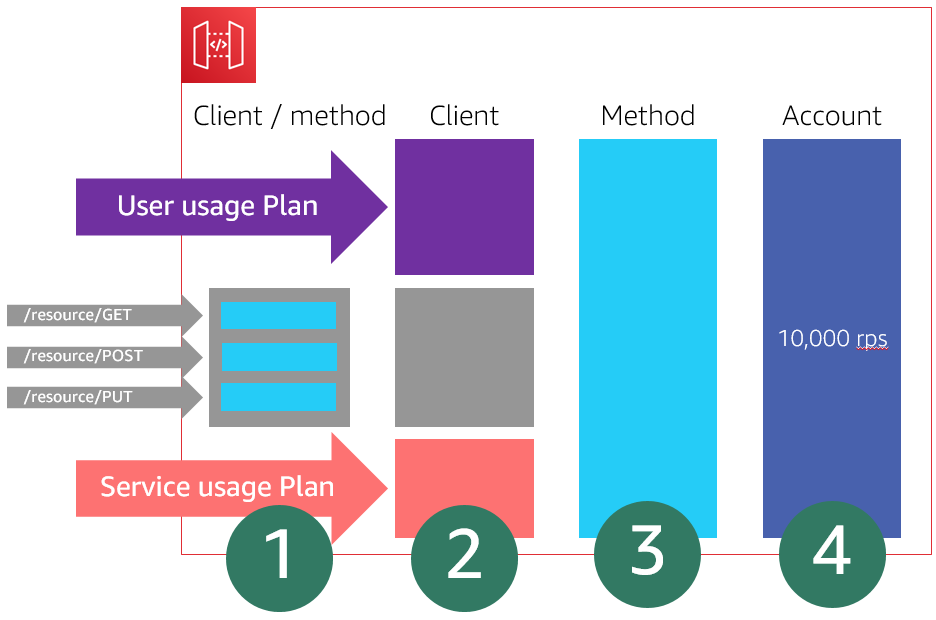AWS Compute Blog
Category: Amazon DynamoDB
Building well-architected serverless applications: Optimizing application performance – part 2
This series of blog posts uses the AWS Well-Architected Tool with the Serverless Lens to help customers build and operate applications using best practices. In each post, I address the serverless-specific questions identified by the Serverless Lens along with the recommended best practices. See the introduction post for a table of contents and explanation of the example application. PERF 1. Optimizing […]
Building well-architected serverless applications: Optimizing application performance – part 1
This series of blog posts uses the AWS Well-Architected Tool with the Serverless Lens to help customers build and operate applications using best practices. In each post, I address the serverless-specific questions identified by the Serverless Lens along with the recommended best practices. See the introduction post for a table of contents and explanation of the example application. PERF 1. Optimizing […]
Building well-architected serverless applications: Building in resiliency – part 2
This series of blog posts uses the AWS Well-Architected Tool with the Serverless Lens to help customers build and operate applications using best practices. In each post, I address the serverless-specific questions identified by the Serverless Lens along with the recommended best practices. See the introduction post for a table of contents and explanation of the example application. Reliability question REL2: […]
Building well-architected serverless applications: Building in resiliency – part 1
This series of blog posts uses the AWS Well-Architected Tool with the Serverless Lens to help customers build and operate applications using best practices. In each post, I address the serverless-specific questions identified by the Serverless Lens along with the recommended best practices. See the introduction post for a table of contents and explanation of the example application. Reliability question REL2: […]
Creating a single-table design with Amazon DynamoDB
This post looks at implementing common relational database patterns using DynamoDB. Instead of using multiple tables, the single-table design pattern can use adjacency lists to provide many-to-many relational functionality.
Building well-architected serverless applications: Regulating inbound request rates – part 1
This series of blog posts uses the AWS Well-Architected Tool with the Serverless Lens to help customers build and operate applications using best practices. In each post, I address the serverless-specific questions identified by the Serverless Lens along with the recommended best practices. See the introduction post for a table of contents and explanation of the example application. Reliability question REL1: […]
Developing evolutionary architecture with AWS Lambda
This post shows how you can evolve a workload using hexagonal architecture. It explains how to add new functionality, change underlying infrastructure, or port the code base between different compute solutions. The main characteristics enabling this are loose coupling and strong encapsulation.
Implementing a LIFO task queue using AWS Lambda and Amazon DynamoDB
This post was written by Diggory Briercliffe, Senior IoT Architect. When implementing a task queue, you can use Amazon SQS standard or FIFO (First-In-First-Out) queue types. Both queue types give priority to tasks created earlier over tasks that are created later. However, there are use cases where you need a LIFO (Last-In-First-Out) queue. This post […]
Building well-architected serverless applications: Managing application security boundaries – part 2
This series uses the AWS Well-Architected Tool with the Serverless Lens to help customers build and operate applications using best practices. In each post, I address the nine serverless-specific questions identified by the Serverless Lens along with the recommended best practices. See the introduction post for a table of contents and explanation of the example application. Security question SEC2: How do […]
Monitoring and troubleshooting serverless data analytics applications
In this post, I show how the existing settings in the Alleycat application are not sufficient for handling the expected amount of traffic. I walk through the metrics visualizations for Kinesis Data Streams, Lambda, and DynamoDB to find which quotas should be increased.









